Slavery is a practice in which people own other people. A slave, or enslaved person, is considered the property of his or her owner and works without pay. The owner, who is called a master or mistress, provides the slave with food, shelter, and clothing.
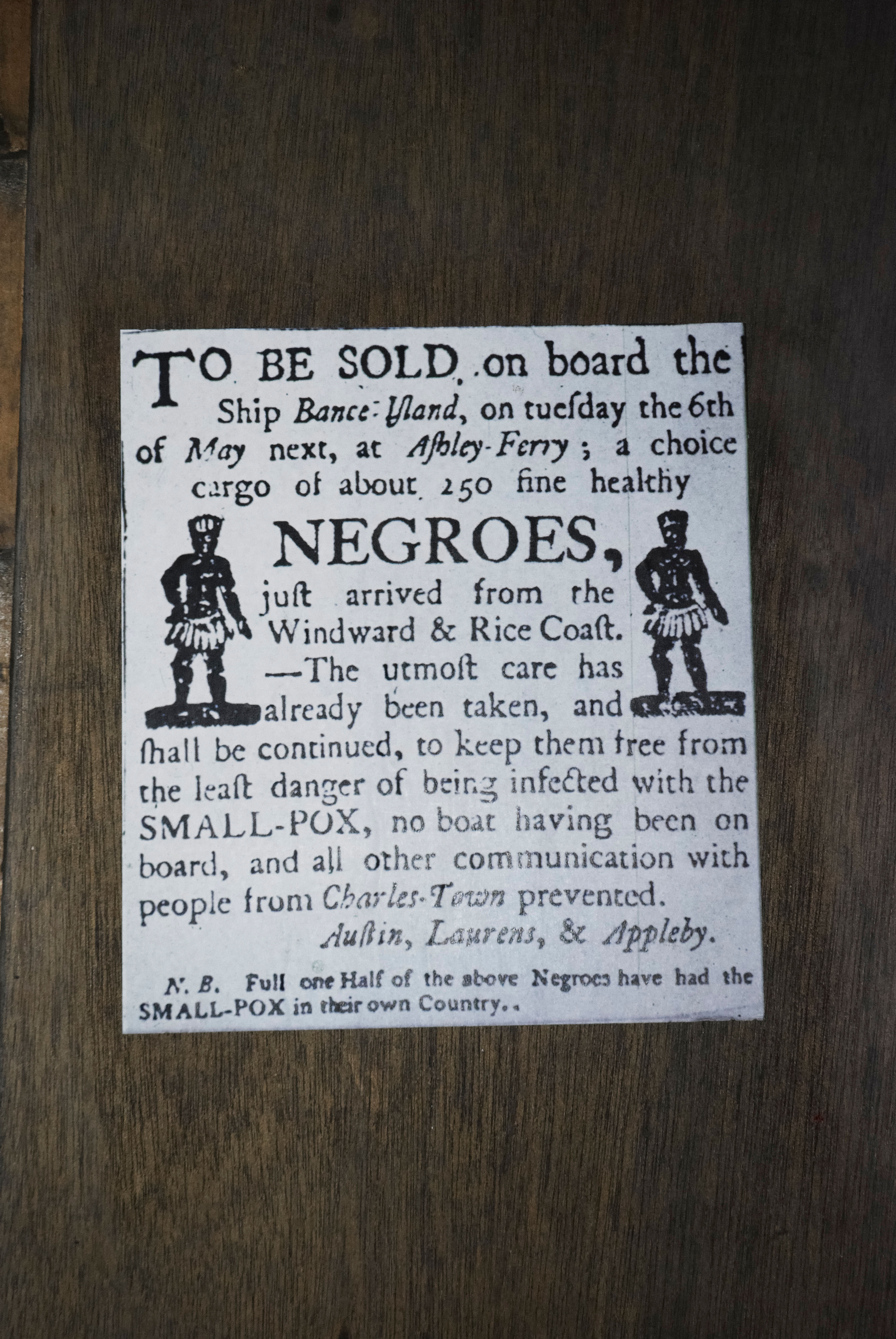
Slavery began in prehistoric times and has been practiced ever since. The slavery of ancient times reached its peak in Greece and the Roman Empire. During the Middle Ages, slavery declined. Then, during the 1500’s and 1600’s, the colonization of the New World by Europeans resulted in a great expansion of slavery. Changing moral attitudes about slavery helped cause its decline during the 1800’s. The United States abolished slavery in 1865. Today, slavery is illegal in almost every country. However, slavery does continue to exist in many parts of the world.
Development of slavery
The start of slavery probably followed the development of farming about 10,000 years ago. Farming gave people an opportunity to put their prisoners of war to work for them. People captured in war continued to be the chief source of slaves in the earliest civilizations. Other enslaved people were criminals or people who could not pay their debts.
Ancient times.
The first known enslaved people formed the lowest class in the civilization developed by the Sumerians in Mesopotamia (now mostly Iraq) about 3500 B.C. Slavery also existed in Assyria, Babylonia, Egypt, Persia, and other ancient societies of the Middle East. In addition, it was practiced in ancient China and India and among the early peoples of Africa and the Indigenous (native) peoples of the Americas. See African Americans (Beginning of the slave trade).
Slavery expanded as commerce and industry increased. This growth of trade created a demand for a disciplined labor force that could produce goods for export. As a result of this demand, ancient slavery reached its fullest development during the great empires of Greece and Rome.
Enslaved people did most of the work in these societies. Many labored in handicraft industries, in mines, or on plantations. Others worked as household servants, and some even became doctors or poets. During the 400’s B.C., enslaved people may have made up a third of the population of Athens. In Rome, slavery became so widespread that even common people owned slaves. Most people of the ancient world regarded slavery as a natural condition of life that could befall anyone at any time. Few writers or other influential individuals viewed slavery as evil or unjust.
The treatment of enslaved people varied greatly, but almost no slaves could legally marry, have a family, testify in court, or own property. In ancient Greece and the Roman Empire, enslaved people who worked in large gangs in mines or on plantations served long hours and suffered harsh punishment. However, many of those who worked as household servants were treated as well as any member of the owner’s family.
An enslaved person’s chief hope was manumission (formal release from slavery by the owner). Most ancient slaveholding societies allowed manumission, and many owners guaranteed it in their will as a reward for loyal service.
The Middle Ages.
After the Roman Empire broke up in the A.D. 400’s, international trade decreased. The system of large Roman farms worked by enslaved people broke up, and the loss of markets for goods that enslaved laborers might have produced also led to a decline in the need for slaves. In Europe, slavery slowly changed into serfdom (see Serf).
But slavery continued in the areas around the Mediterranean Sea. Most of it resulted from fighting between two religious groups, Christians and Muslims. During the A.D. 600’s and early 700’s, Arab Muslims conquered the Middle East, North Africa, and almost all of Spain. Christians and Muslims fought each other in these areas for hundreds of years, and both groups enslaved their prisoners. Some of the fighting occurred during the Crusades—the Christian attempts to recapture Jerusalem and other areas of the Holy Land from the Muslims. The Crusades began during the 1000’s.
In the Holy Land, the crusaders tasted sugar for the first time. Many of them then created a demand for sugar after returning to Europe. As a result, Italian merchants established sugar plantations on several Mediterranean islands. The production of sugar required large numbers of laborers, and so the Europeans imported slaves from Russia and other parts of Europe. By 1300, a few Black Africans had begun to replace enslaved Russians on Italian plantations. These Africans were bought or captured from North African Arabs, who had enslaved them for years.
During the 1400’s, Portuguese sailors started to explore the coast of West Africa and to ship captured Black Africans to Europe as slaves. The Portuguese also enslaved Black people on sugar plantations that they established on islands off the coast of West Africa.
Throughout the Middle Ages, various peoples in Africa and Asia continued to enslave prisoners of war. During this period, slavery was widely practiced among three groups of Indigenous Americans. These peoples lived on islands of the Caribbean Sea and also inhabited what are now the Northwest Coast and Eastern Woodlands of the United States. Most enslaved people in these societies worked as farmers or domestic servants. They generally suffered less hardship than the enslaved people who toiled on European sugar plantations.
Modern times.
The establishment of European colonies in the New World during the 1500’s brought an expansion of slavery. The Spaniards developed sugar plantations in Cuba and on other Caribbean islands. The Spaniards also needed large numbers of laborers to mine gold and other metals. Portuguese colonists started huge sugar plantations in Brazil. These Europeans enslaved thousands of Indigenous people. Most of the Indigenous Americans died from European diseases and harsh treatment. The Spaniards and the Portuguese then began to import Black people from West Africa as slaves. Other Black Africans helped capture most of the enslaved Africans. 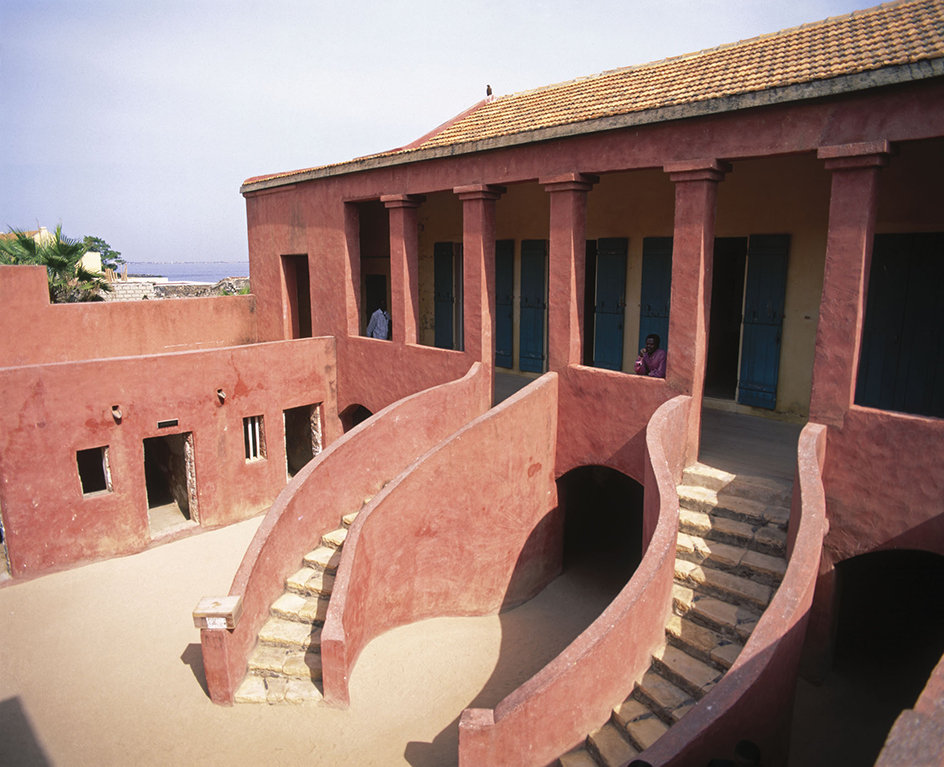
During the 1600’s, France, England, and the Netherlands established colonies in the Caribbean and greatly increased the African slave trade. Soon, the Europeans enslaved only Africans and their descendants. Sugar became the main export of the European colonies, though the settlers also developed profitable coffee, cotton, and tobacco plantations.
The rising European demand for sugar helped create fierce competition for slaves and for new sugar colonies. From the 1500’s to the mid-1800’s, the Europeans shipped between 10 million and 12 million enslaved people from Africa to the Western Hemisphere. About 2 million of these captives died on the way. About 65 percent of the enslaved Africans were brought to Brazil, Cuba, Jamaica, Saint-Domingue (now Haiti), and other sugar colonies. Brazil alone received about 38 percent. About 5 percent were brought to what is now the United States. See Africa (The Atlantic slave trade); Colonial life in America (The lower class). 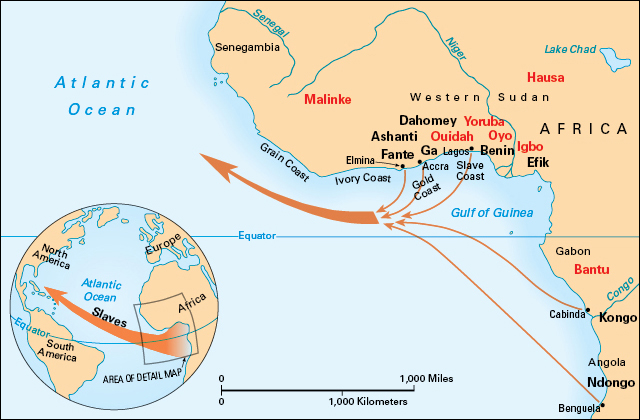
Laws in the European colonies of Latin America often showed considerable concern for the welfare of enslaved people. These laws allowed such people to marry, to seek relief from a cruel owner, and even to buy their freedom. Such laws were rarely enforced, however. Partly for this reason, slavery was as cruel in Latin America as it was, later, in the United States. Some historians believe that enslaved people in the United States generally ate better, lived longer, received better medical care, and had a more secure family life than those in most other countries.
The continual shipment of large numbers of Africans to Latin America gave enslaved people there certain advantages over Africans brought to the United States. For example, African customs could be retained more easily in Latin America.
Enslaved people in Brazil and the Caribbean had less need to adjust to white culture than did Black people in the United States. Black people greatly outnumbered white people in parts of Brazil and in most Caribbean colonies, but the Southern United States had twice as many white people as Black people. The greater number of enslaved people than free people in those Latin American areas also made slave revolts more common there than in the United States. The biggest slave revolt in history broke out in Saint-Domingue in 1791. Nearly 500,000 enslaved people rebelled against their French owners and took over the country. See Haiti (History).
Slavery in the United States
The enslavement of Black Africans in the American Colonies began during the 1600’s. Slavery flourished in the South, where large plantations grew cotton, tobacco, and other crops. The plantations required many laborers. Slavery was less profitable in the North, where economic activity centered on small farms and industries. Most Northern States abolished slavery in the late 1700’s and early 1800’s. A U.S. law banning the importation of enslaved people took effect in 1808.
By 1860, about 4 million enslaved Black people lived in the South. Enslaved people made up nearly a third of the South’s population. For more information on the history of slavery in the United States, see African Americans (The years of slavery); United States, History of the (Expansion (1820-1849)) (The nation divided (1850-1869)).
Views of slavery.
During the 1700’s, noted philosophers and religious leaders in Europe and North America began to condemn slavery. They declared that slavery violated human rights and God-given law.
Many Americans turned against slavery during the American Revolution (1775-1783). These Americans came to believe that slavery had no place in a nation that had been formed to protect natural human rights. Few people in the North owned slaves, and opposition to slavery developed more rapidly there than in the South. Some Southerners, including such leaders as George Washington and Thomas Jefferson, spoke out against slavery. Jefferson owned slaves, but he believed slavery was morally wrong and would someday have to end. He took no strong stand in his own state, Virginia, because he said he felt the people were not ready for such a step. The high profits that resulted from slavery had far greater influence than did any moral arguments.
Support of slavery remained strong throughout the South. But only about a fourth of the region’s white people owned slaves or belonged to a family that owned them. About 45,000 planters owned over half the enslaved people, and these planters controlled the economy and government of the Southern States. Even the many Southerners who did not own slaves accepted the planters’ view that the South’s economy would collapse without slavery.
During the early 1800’s, abolitionists started a crusade to end slavery. Southerners then began to defend slavery in what became known as the proslavery movement. Some Southerners in the movement argued that slavery reflected “the law of nature” that permitted the strong to rule the weak. Others insisted that the Bible supported slavery. Still others claimed that Southern slavery provided enslaved people lifelong security and better living conditions than they would have had in Africa. By 1860, most Southerners identified their honor and destiny with the continuation of slavery. 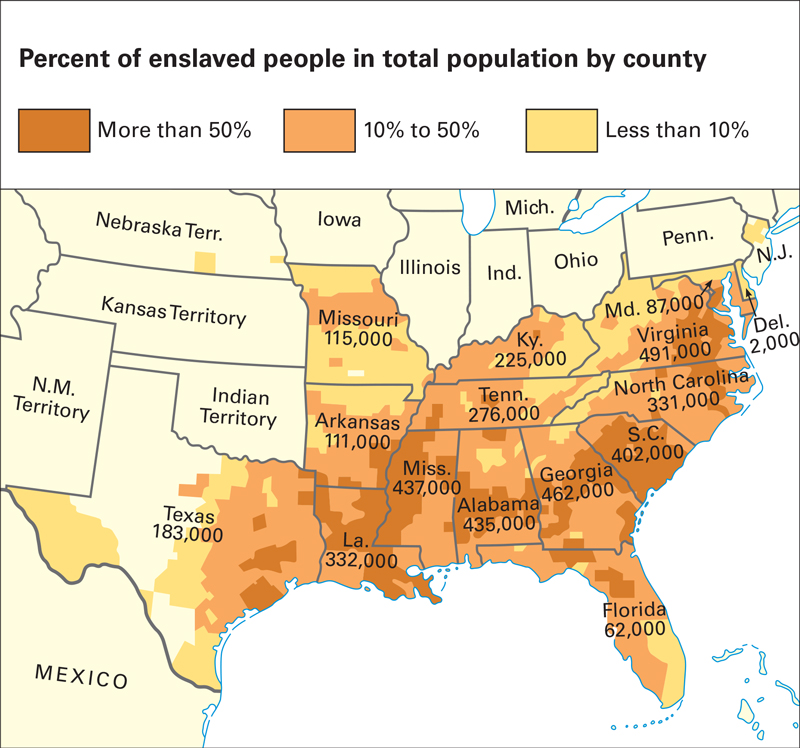
Functions of enslaved people.
During the 1600’s and 1700’s, most enslaved people in what became the Southern States worked on plantations that grew chiefly indigo, rice, or tobacco. The cotton gin invented by Eli Whitney in 1793 resulted in fast, large-scale production of cotton. This fiber was the raw material most needed by U.S. and British industry. The high demand for cotton led to the establishment of cotton plantations throughout the South. 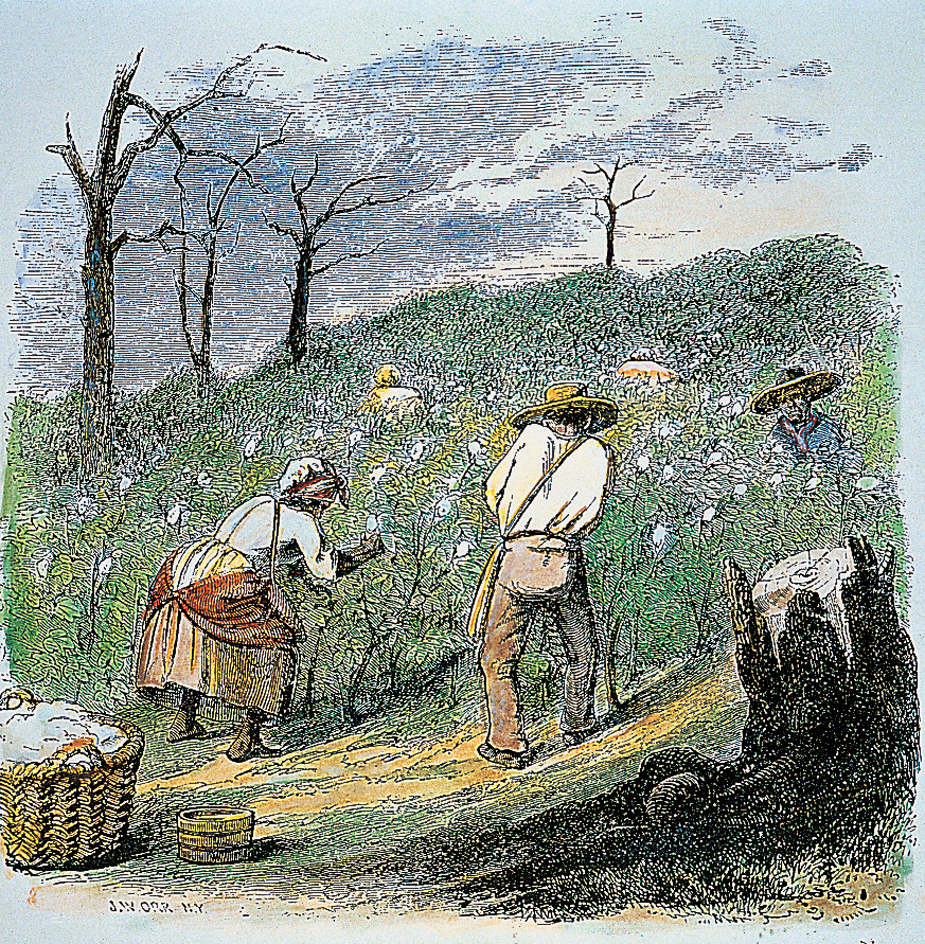
During the 1800’s, most of the enslaved people on a plantation were field hands who planted and picked cotton. House slaves worked as servants in the owner’s home. Other enslaved plantation laborers became such skilled craftworkers as blacksmiths, bricklayers, cabinetmakers, or carpenters.
Enslaved people also had a variety of jobs in Southern cities and towns. Many worked in factories. Others became construction workers on canals and railroads or worked as dockworkers, lumberjacks, office workers, or riverboat pilots. Still others toiled in mines.
Conditions of slavery.
Owners housed their enslaved people and provided them with food and clothing. The amount and quality of these provisions varied widely.
Field hands worked longer than any other kind of enslaved laborer. Their workday generally lasted from sunrise to sunset. Some of them were housed as well as free workers. But many other field hands lived under the worst conditions.
Josiah Henson, who later wrote of his experiences as a field hand, recalled that “our dress was of tow-cloth … and a pair of coarse shoes once a year. We lodged in log huts. … Wooden floors were an unknown luxury. In a single room were huddled, like cattle, ten or a dozen persons, men, women, and children. … There were neither bedsteads nor furniture. … Our beds were collections of straw and old rags. … The wind whistled and the rain and snow blew in through the cracks, and the damp earth soaked in the moisture till the floor was miry as a pig-sty.”
Most house slaves lived in their owner’s home. They worked fewer hours and had more privileges than did field hands, but were more subject to the wishes of the owner’s family. Most enslaved people who in time were freed by their owner had worked as house servants.
No Southern state gave enslaved people the legal right to marry, own property, testify in court, or earn their freedom. Yet many enslaved people had complex relationships with their owners. Because owners had no guarantee of receiving willing obedience or even loyal service from those they had enslaved, many slaveholders recognized marriages between enslaved people and promised them such privileges as gifts and money. Some slaveholders ultimately allowed their enslaved workers to purchase their freedom. Other owners relied on punishment, such as lashings, short rations, and threats to sell members of the enslaved person’s family. 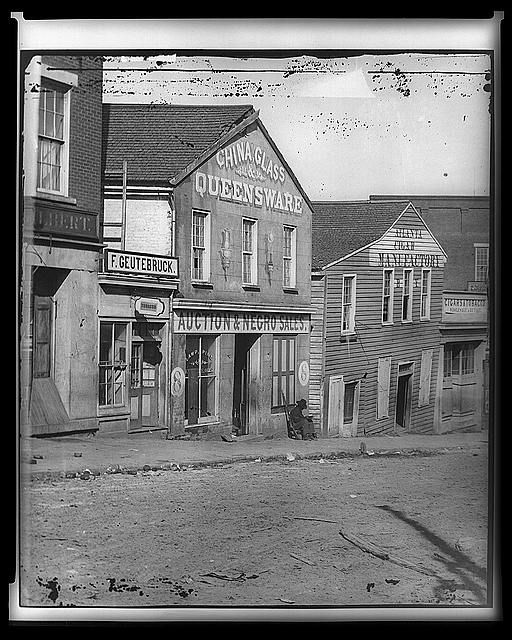
Whatever the system of discipline, slavery resulted in a contest of wills between slaveowners and the people they held in slavery. In this unequal contest, the owners held all the power of reward and punishment. But enslaved people used flattery, sabotage, and many other tactics to outwit them.
The religion of enslaved Black people played a key role in helping them survive the brutality of slavery. This religion, a mixture of African and Christian beliefs, made enslaved people feel part of a community. It also gave them hope of a better life in heaven. State laws prohibited the education of slaves. Enslaved Black people developed their own language, music, and other means of communication.
Many enslaved people tried to run away to freedom. Thousands succeeded, including those who followed the runaway slave Harriet Tubman along an escape system called the underground railroad. Some enslaved people joined organized rebellions, but white people easily crushed most revolts. Noted leaders of slave revolts in the United States included Gabriel (also called Gabriel Prosser), Nat Turner, and Denmark Vesey. 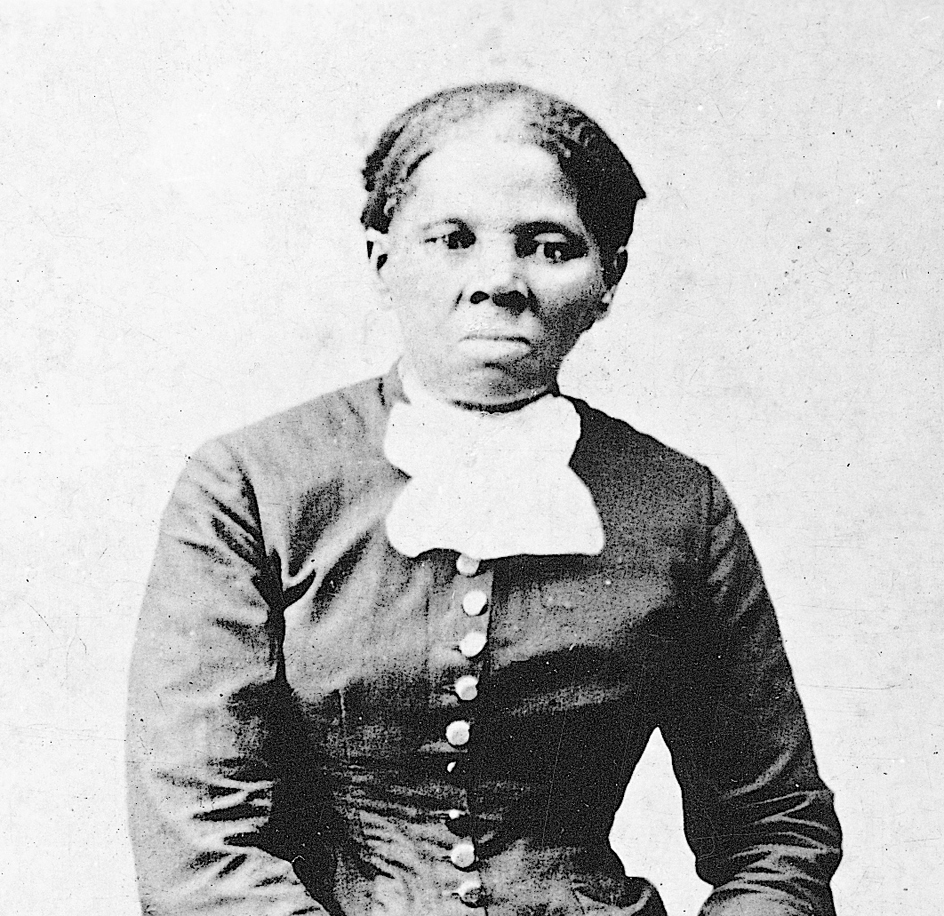
Effects of slavery
included a major role in the economic development of the United States. Enslaved people helped clear the wilderness and build important canals, railroads, and roads. The cotton picked by enslaved Black Americans became the nation’s most valuable export. The income from cotton paid for a major share of U.S. imports.
The westward expansion of slavery during the early and mid-1800’s had important political effects. Northerners feared that the South would gain control of Congress if Western territories entered the Union as states that allowed slavery. Attempts by the North to exclude slavery from these territories angered the South and helped bring on the American Civil War (1861-1865).
Slavery had a variety of effects on enslaved people and their owners. It broke the spirit of many enslaved Black people but made many others vow to resist it. A number of accounts relate feelings of love and respect between slaveholders and the people they owned. But slavery caused fear and hate between most owners and slaves. After the Civil War, discrimination and a lack of education prevented most former enslaved people from obtaining a good job. Discrimination also kept them from receiving the civil rights they legally had been granted. Most historians agree that slavery contributed enormously to discrimination, economic inequality, and other racial conflict that occurred in later years.
The decline of slavery
During the late 1700’s, the enslavement of Black Africans and their descendants began to decline in various parts of the Western Hemisphere. The American Revolution helped cause gradual emancipation (freeing of enslaved people) in the North. In 1807, the British Parliament passed a bill outlawing the slave trade. Also in 1807, the U.S. Congress prohibited the importation of enslaved people into the United States. The law took effect in 1808.
During the early 1800’s, most of Spain’s Latin American colonies won wars of independence. These countries immediately abolished slavery or adopted laws for gradual emancipation. In 1833, an act of Parliament called for the abolition of slavery throughout the British empire. In 1848, France freed enslaved people in its remaining colonies in the Western Hemisphere. But slavery continued to expand in Brazil, Cuba, and the Southern United States. During the Civil War, Northern armies freed most of the enslaved people in the United States. Adoption of the 13th Amendment completed abolition in 1865. Spain ended slavery in Puerto Rico in 1873 and in Cuba in 1886. Brazil abolished slavery in 1888. 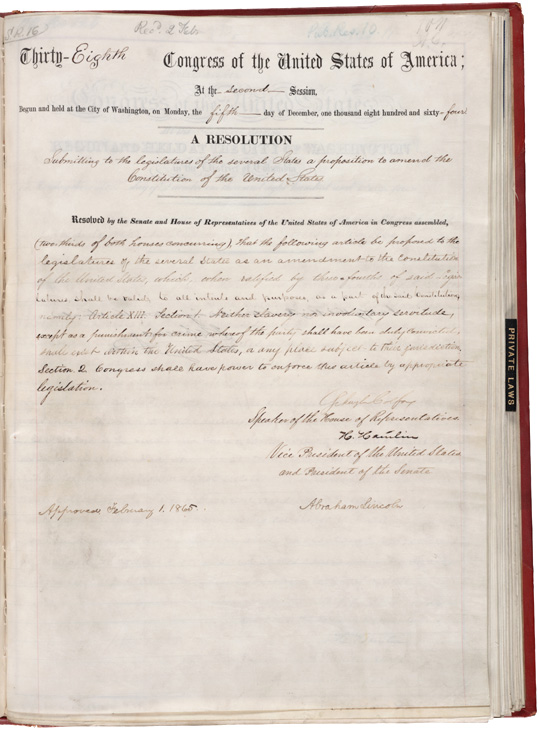
Today, few nations legally allow slavery. But slavery does continue in many parts of the world. Experts believe that tens of millions of people still live in slavery. Many of these people were captured in local conflicts or enslaved to work off debts. Some of them were forced into marriage as children. Others are young women or children who left their homeland because individuals called traffickers promised them jobs elsewhere as farmworkers or domestic servants. Instead, they have been forced to live and work under brutal conditions. Several national and international groups seek to find and punish traffickers and to aid their victims.
